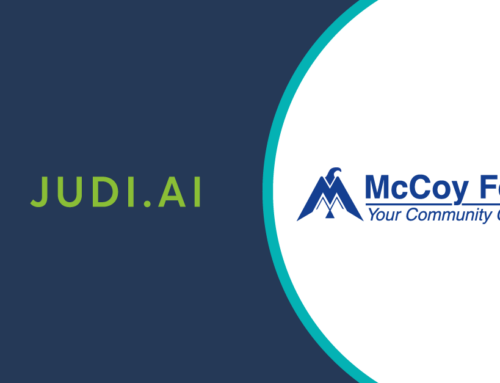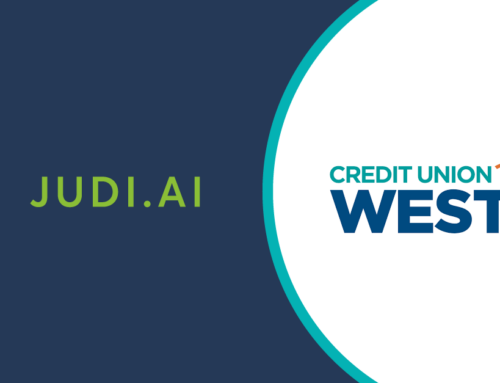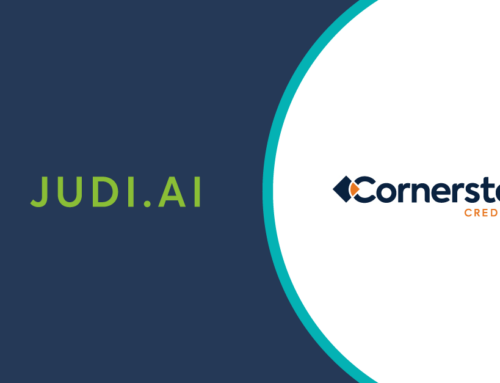The challenges in small business lending are well documented. And they just got a lot bigger.
Small business – and related lending – is a huge segment of our economy and credit landscape. But – amounts are small, information is opaque, making the economics challenging and the customer experience prone to disruption. Risk of business failure and hence default is sky high. And now layer in the most significant financial crisis in 100 years. Whew.
Financial statements received from SMBs are at best often stale and irrelevant. At worst they are inaccurate. The hit rate for small business credit scores is low, and consumer scores provided only partial insights. Both are lagging indicators even during stable economic times. And to complicate matters, credit bureaus in some cases are propping up credit scores to be fair to consumers and small businesses through the pandemic.
New technologies are enabling the use of an old data source (good old fashioned bank statements).
We can debate whether or not cash flow insights extracted from banking data fit the definition of “alternative data”. It’s not a new concept or data source, but effective widespread use of it is.
Cash flow data – an old piece of jewelry with a new battery (machine learning) – can help address the SMB credit conundrum, and is now more important than ever.
In the midst of an extreme downturn, cash will be king as it always has been; but cash flow will be queen as they say. As the recovery progresses, efficiently sourced, accurate, and timely data will be critical. Bank statements can now be analyzed efficiently (automatically), in real time (literally in seconds), and they represent the ultimate vantage point from an accuracy perspective (digitally acquired source data).
COVID and machine learning have made banking and cash flow data mainstream inputs overnight.
FinRegLab is a nonprofit innovation center that tests new technologies and data to inform public policy and drive the financial sector toward a responsible and inclusive financial marketplace. Primary areas of research include the use of cash flow data in underwriting, and use of AI and ML in financial services. They have concluded that cash flow data and related metrics:
- can be valuable predictors of loan performance (“compelling evidence”);
- perform as well as credit scores – and can help where scores aren’t available;
- are beginning to expand access to credit; and
- are being adopted more rapidly in small business markets than in consumer credit.
This research was conducted before the pandemic. It makes cash flow data sound like a “nice-to-have”. We believe that there is now no room for debate – cash flow data is imperative to operate an effective small business lending program in the current environment.
At JUDI.AI, we have been automating the incorporation of real time cash flow data into small business lending underwriting and monitoring for over five years. We have analyzed tens of millions of transactional data points.




